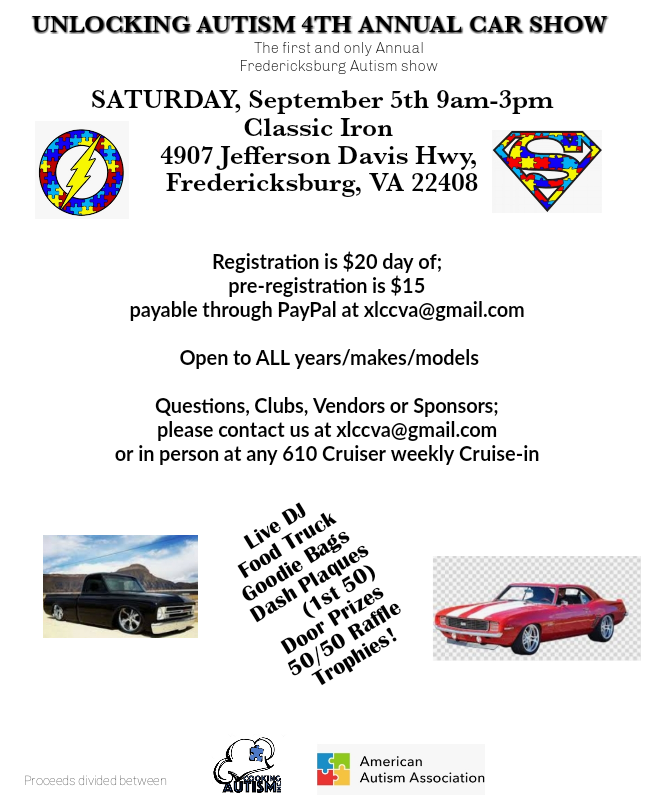
Having a bunch of books like this one that tie into your child's specific interests goes a long way with pointing practice! 4. All kids develop differently and YMMV, but I find these tacting books to be most useful for developing an interest in solitary reading, not social reading, so the text wasn't something my sons engaged with (at least with me).įor my money, the most important social skill these books help to develop is pointing, and to the extent that I read this book with my sons, that's what I used it for. "Which firefighting job would you like to do?"). And there are some prompts for parent-child interaction that strike me as overly aspirational for even a neurotypical toddler (ex. The font is a little too curly for my taste. The categories don't make perfect sense (How is 'Jobs to Do' different than 'Emergency' or 'On the Farm') but it still works.

Each tabbed spread has a different category of trucks. My First Trucks and Diggers is a sturdy, tabbed board book with 13 spreads of clear photography and labels. Of all the publishing houses that churn these out, I tend to prefer ones by The DK Publishing, which display high quality pictures on empty white backgrounds that don't overstimulate. There are literally hundreds of different truck-themed titles in the photo concept board book market. Tabbed Board Books: My First Trucks and Diggers: Let's Get Driving! (Tabbed Board Books) by DK Publishing Durable and adorable, these are must-haves for sensory-seeking little ones who need a nudge towards books. Usborne's 'That's Not My.' books use very few words in a repetitive format, and that format is exactly the same throughout the ( expansive series). Here's a read-through video of That's Not My Tractor by YouTube user My Little Bunny. Cartoon images are simply drawn against solid backgrounds. The visuals are also extremely well done. It's trailer is too rough," the tactile element (sandpaper) covers the trailer and nothing else, which really reinforces the new vocabulary word in a multi-sensory way.
Autism garbage truck video series#
The series also builds vocabulary by introducing the words for types of the main subject or parts of its whole.

For That's Not My Truck! we discover 'bumpy,' 'shiny,' 'rough,' 'lumpy,' and 'ridgy' and for That's Not My Tractor! we have 'bumpy,' 'rough,' 'smooth,' 'squashy,' 'scratchy,' and 'shiny.' You may be surprised at how quickly a language-delayed child can pick up 'soft' (at least receptively), if given a tactile, structured way to repeatedly access its meaning. Starting with the cover, each turn of the page reveals a new texture and a word describing it. But I like the quality of the 'That's Not My.' series better than most.įirst, there's a focus on sensory language. Pairing sensory play with books is an ideal way to develop an interest in books for all kids, not just autistic children, which is why there are so many sensory toddler board books. That's Not My Truck was one of the first books that my son Luke was able to really attend to at around age 2.5. series, Usborne touchy-feely books) by Fiona Watt, Rachel Wells (Illustrator) Here are 20 of our favorite truck titles. Trucks bring him joy, and they also help him connect with the world around him-including with books. What they do a terrible job communicating with these early childhood screening tools, is that so many autistic traits are quite wonderful! My son Luke's long-standing obsession with trucks (among other vehicles) has expanded his world tremendously. What could be wrong with really liking fire trucks? I remember one list I came across explicitly warning of "obsessive" or "restricted" interests, and giving the example of fire trucks. Somewhere on every one of those lists you would be sure to find turning over toy cars and trucks to spin their wheels (check!).

I remember scrutinizing the autism symptoms checklists in the months after my kids turned two.


 0 kommentar(er)
0 kommentar(er)
